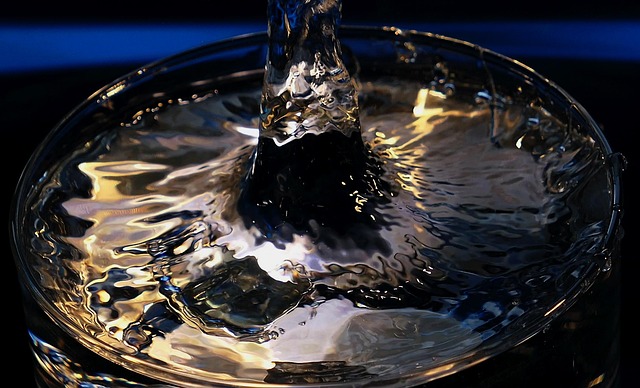The growing trend in eco-friendly water hardscaping reflects a global push for sustainable outdoor design, driven by environmental awareness. By integrating natural elements with efficient irrigation and renewable energy, designers create aesthetically pleasing water features that support biodiversity and reduce ecological impact. Traditional methods in water feature construction are replaced by eco-conscious alternatives using natural materials, smart pumps, and advanced technologies, minimizing carbon emissions and resource depletion. These innovations not only promote responsible water usage but also contribute to a healthier planet, preserving resources for future generations while enhancing urban aesthetics.
The outdoor living space is evolving, with a growing demand for eco-friendly water hardscaping solutions. This shift towards sustainability in landscape design presents an exciting opportunity to merge aesthetics with environmental responsibility. This article explores the rise of eco-conscious water feature construction, delving into sustainable alternatives that mitigate traditional methods’ environmental impact. We’ll uncover innovative materials and technologies shaping greener landscapes, highlighting the profound benefits for our planet.
- The Rise of Eco-Friendly Water Hardscaping: A Sustainable Approach to Outdoor Design
- Understanding Traditional Water Feature Construction vs. Eco-Conscious Alternatives
- Materials and Technologies Shaping the Future of Green Water Hardscapes
- Benefits and Impact: Why Eco-Friendly Water Features Matter for Our Planet
The Rise of Eco-Friendly Water Hardscaping: A Sustainable Approach to Outdoor Design
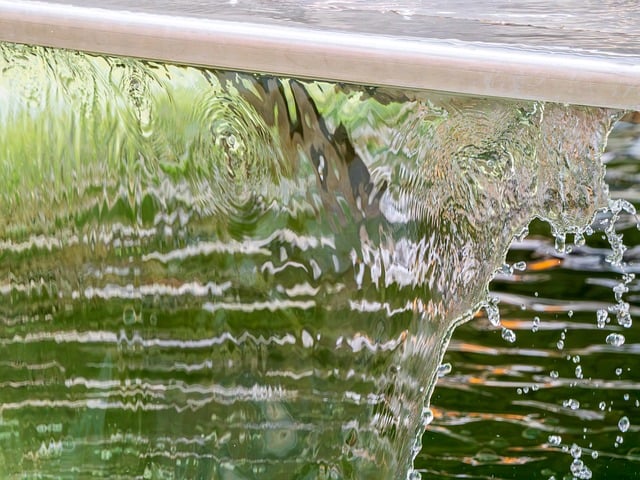
In recent years, there has been a growing trend towards eco-friendly water hardscaping solutions, reflecting a broader movement toward sustainable outdoor design practices. This shift is driven by a heightened awareness of environmental impact and a desire to create beautiful, functional spaces that are in harmony with nature. Eco-friendly water hardscaping integrates natural elements like ponds, waterfalls, and streams into landscape designs while minimizing the ecological footprint associated with traditional water feature construction.
This approach prioritizes the use of native plants and locally sourced materials, reduces water consumption through efficient irrigation systems, and incorporates renewable energy for pump operation. By embracing these principles, designers and homeowners can create stunning water features that not only enhance outdoor aesthetics but also contribute to the overall health and biodiversity of local ecosystems.
Understanding Traditional Water Feature Construction vs. Eco-Conscious Alternatives
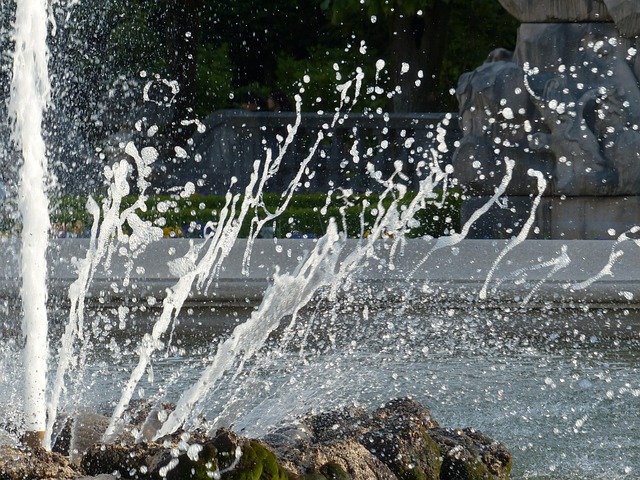
In the realm of water feature construction, traditional methods often involve extensive use of materials that have a significant environmental impact, from concrete and stone to energy-intensive pumps and filtration systems. These conventional setups contribute to ecological concerns, including carbon emissions, resource depletion, and pollution.
Eco-conscious alternatives, on the other hand, prioritize sustainability by utilizing natural materials like wood, bamboo, or recycled metal, minimizing the need for chemical treatments, and incorporating energy-efficient pumps and smart irrigation controls. These innovative solutions not only reduce the environmental footprint but also foster a more harmonious relationship between human spaces and nature, creating aesthetically pleasing and ecologically responsible water hardscaping.
Materials and Technologies Shaping the Future of Green Water Hardscapes
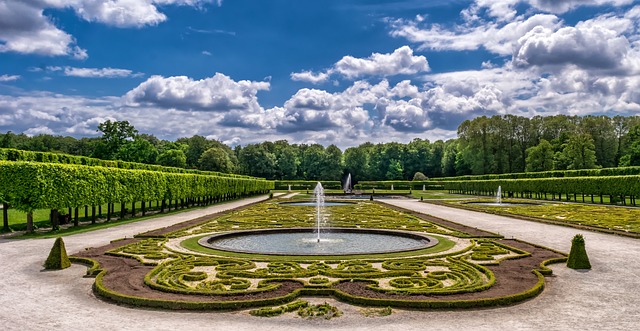
The future of eco-friendly water hardscaping is being shaped by innovative materials and cutting-edge technologies that revolutionize traditional water feature construction. Natural, sustainable materials like recycled metal, wood from certified sustainable sources, and eco-friendly stones are gaining popularity due to their low environmental impact and aesthetic appeal. These materials not only reduce carbon footprint but also blend seamlessly with natural landscapes, creating harmonious outdoor spaces.
Technological advancements in water management systems further enhance the green approach. Smart irrigation controllers, for instance, optimize water usage by adjusting flow rates based on real-time weather data and plant needs. Additionally, energy-efficient pumps and LED lighting reduce electricity consumption, making these features more environmentally friendly. Such innovations drive the industry towards sustainable practices, ensuring that water hardscapes not only beautify our living spaces but also contribute to a healthier planet through responsible water use and reduced emissions.
Benefits and Impact: Why Eco-Friendly Water Features Matter for Our Planet
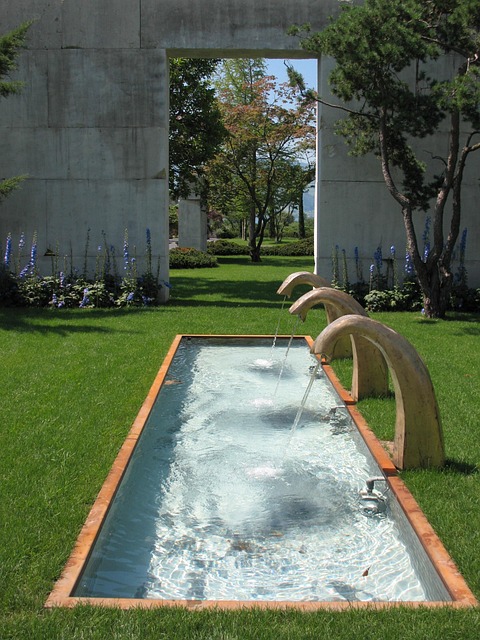
Eco-friendly water hardscaping, and the incorporation of innovative water features, offers a myriad of benefits for our planet. By adopting sustainable practices in water feature construction, we can significantly reduce environmental impact. These solutions minimize water waste through efficient irrigation systems, capture and reuse rainwater, and promote biodiversity by creating habitats for local wildlife. The use of native plants and natural materials further enhances ecological balance while enhancing the aesthetic appeal of outdoor spaces.
Moreover, eco-conscious water features contribute to mitigating climate change by absorbing carbon dioxide and releasing oxygen, making urban areas cooler and more livable. They also reduce pollution levels, as well as noise and light pollution, creating a more harmonious environment for both residents and wildlife. This holistic approach to water feature construction not only preserves our natural resources but also ensures that future generations can enjoy the beauty and serenity of these sustainable landscapes.
As we’ve explored, the evolution towards eco-friendly water hardscaping represents a significant shift in outdoor design. By embracing sustainable materials and innovative technologies, we can create stunning water features while minimizing environmental impact. Choosing eco-conscious alternatives to traditional water feature construction isn’t just a trend; it’s a responsible step towards preserving our planet for future generations. These solutions not only benefit the ecosystem but also enhance outdoor spaces with aesthetically pleasing, calming environments. So, let’s continue to integrate green practices into water hardscaping, ensuring a beautiful and sustainable future for both nature and our urban landscapes.
